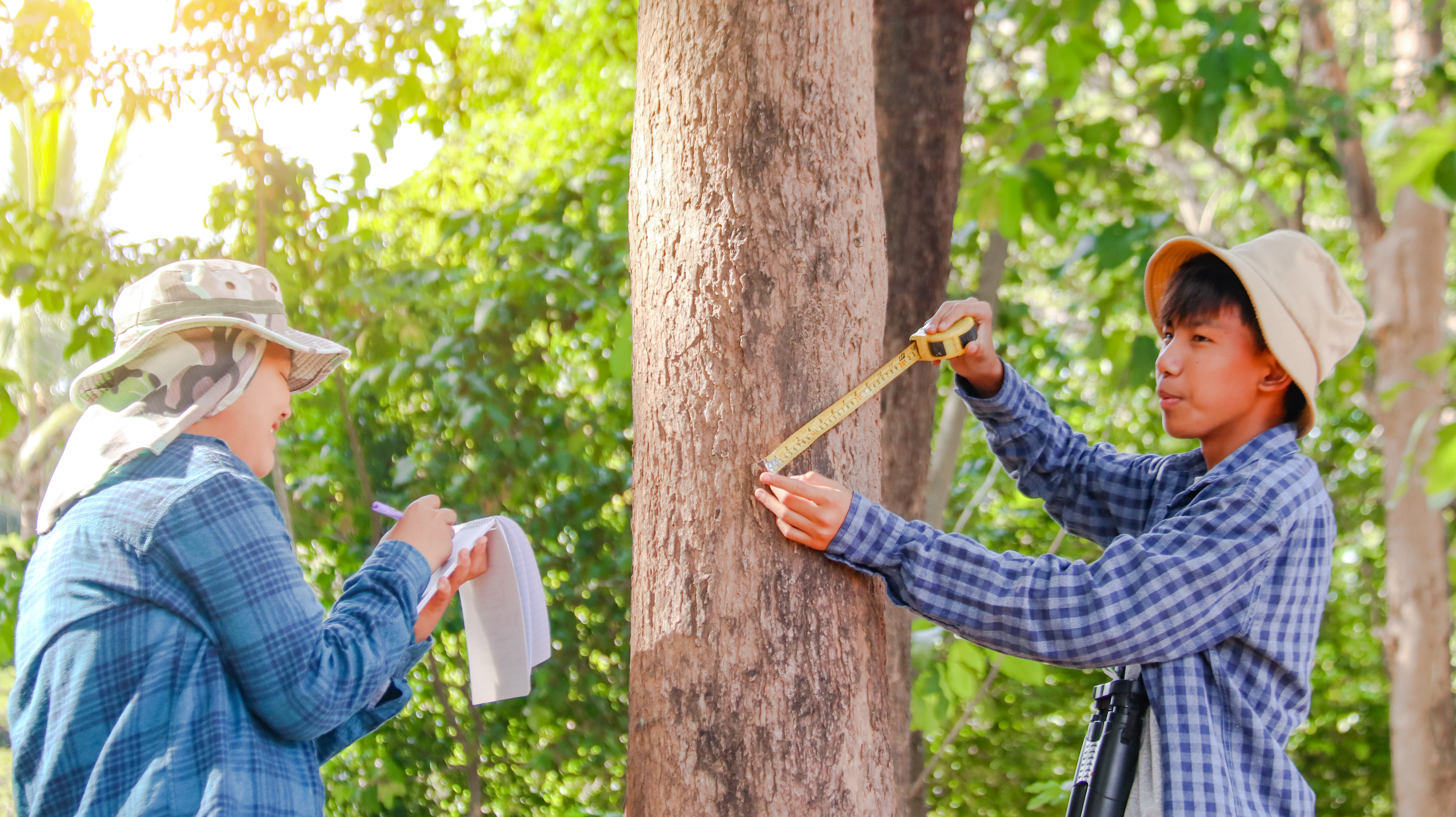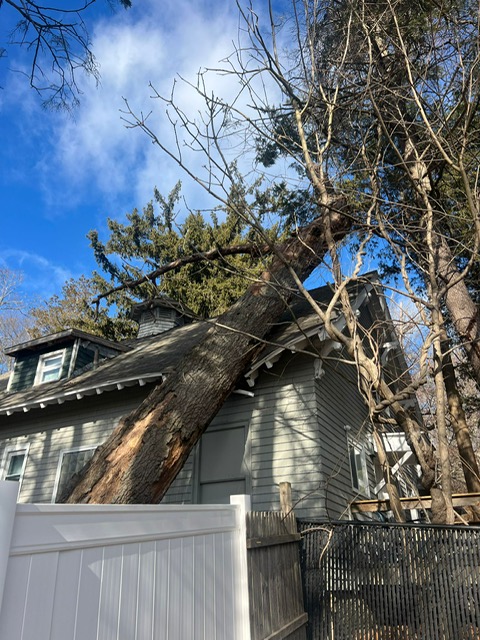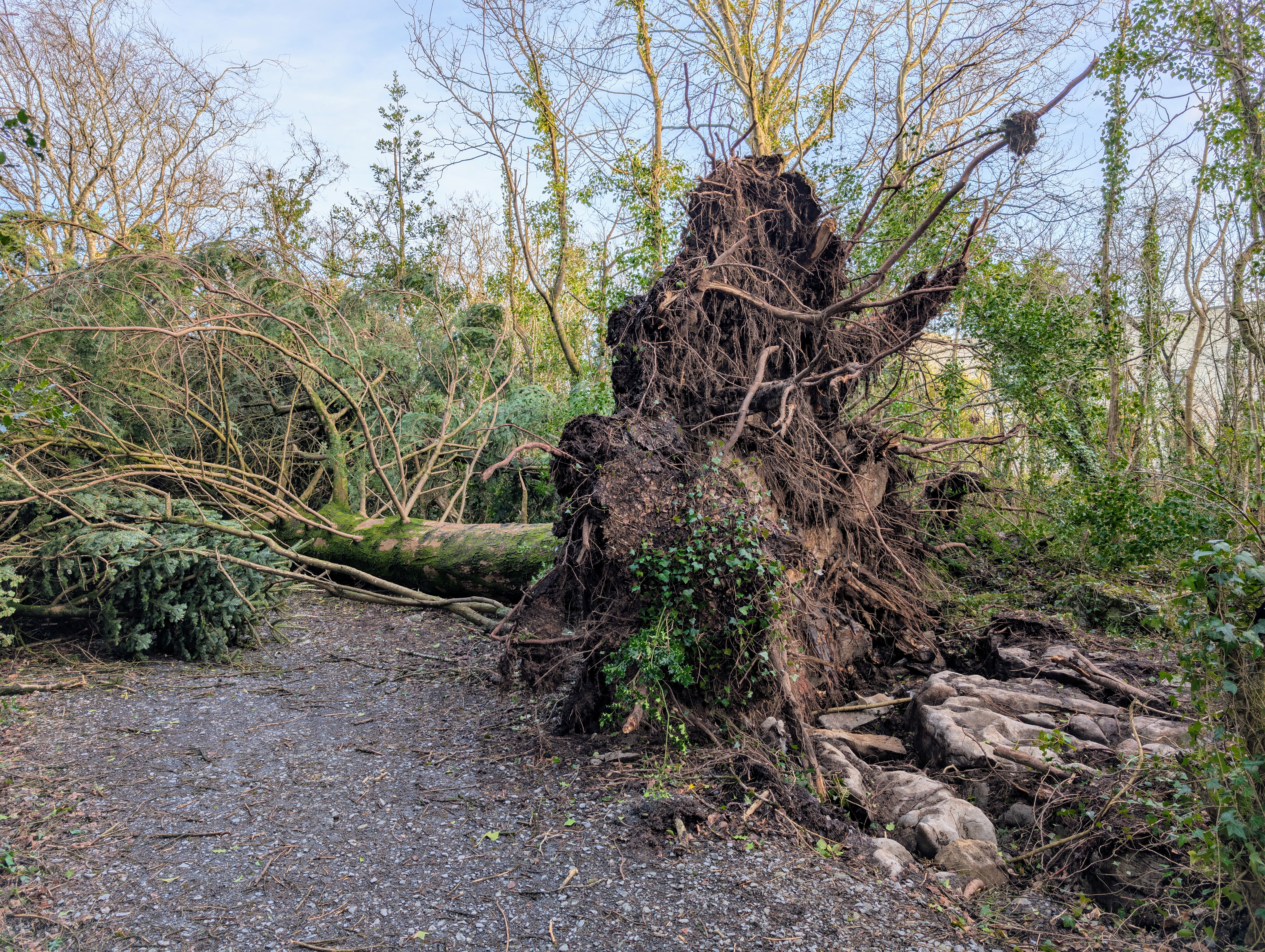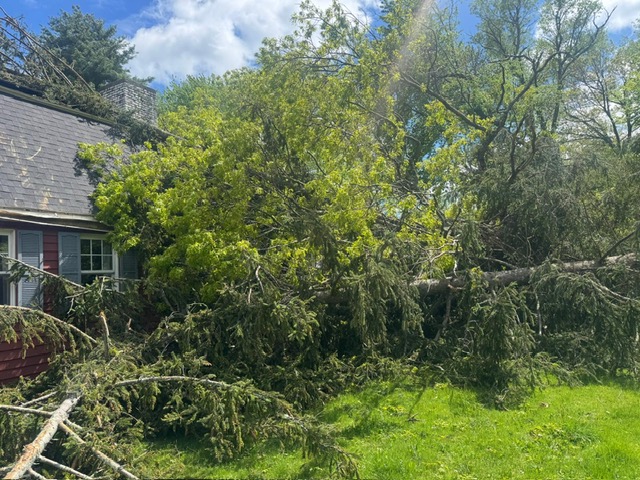Understanding the Costs of Emergency Tree Services
By Tree Emergency Expert
Tree Emergency Expert

Emergency tree services can be costly, but understanding the factors that influence pricing helps you prepare. From timing to equipment needs, every detail matters.
Emergency tree services often catch property owners off guard. One moment, your yard is calm and peaceful; the next, you’re dealing with a massive branch on your roof or a tree blocking your driveway. Here’s a startling fact: emergency tree removal costs can be anywhere from $500 to over $5,000, depending on the situation. That’s a big price tag! Understanding these costs before disaster strikes can save you from sticker shock and help you make informed decisions.
Let’s break down the main factors that influence the cost of emergency tree services and how you can manage these expenses effectively.
1. Timing Matters: Day, Night, or Weekend?
When a tree emergency strikes, the timing can significantly impact the cost. After-hours or weekend calls often come with higher rates.
Actionable Tip: If the situation isn’t immediately dangerous, consider scheduling service during regular business hours. This could save you hundreds of dollars.
2. Tree Size and Complexity
Not all trees are created equal. Removing a small tree is far less complicated (and expensive) than tackling a massive oak with sprawling limbs.
Actionable Tip: Get an estimate that breaks down the cost by tree size and complexity. Knowing what you’re paying for helps you spot overpriced services.
3. Location, Location, Location
A tree’s placement on your property can make or break your budget. Trees close to homes, power lines, or other structures require extra care, which drives up costs.
Actionable Tip: Regularly inspect trees near structures or utilities. Proactive trimming can prevent emergencies and save you money in the long run.
4. Equipment and Crew Needed
Emergency tree removal often requires specialized equipment—think cranes, bucket trucks, or ropes. The more gear and manpower needed, the higher the price.
Actionable Tip: Ask the service provider to explain the equipment required for your job. Understanding the process can help you gauge whether the cost is reasonable.
5. Debris Removal
Cutting down a tree is just the beginning. Hauling away the debris can add significant costs, especially if the tree is large.
Actionable Tip: Consider handling debris removal yourself if possible. Renting a dumpster or using your municipal yard waste services might be more affordable.
Share this article:
Related Articles

Tree Damage and Insurance Claims: What Homeowners in the U.S. Should Know After a Storm
Not all tree damage is treated the same by your homeowners insurance. In most cases, you’re covered if a fallen tree damages your house, fence, or garage — but there are exceptions. For example, you’re usually protected if a storm knocks a tree onto your roof or if a neighbor’s tree falls onto your property. However, if a dead or neglected tree comes down without hitting anything, or blocks only your yard, your policy may not cover the removal costs.

Nor’easter 2025: What CT, NJ & NY Homeowners Should Know (And How to Protect Your Trees)
This upcoming nor’easter isn’t just targeting Connecticut — it’s also expected to hit New Jersey and New York with strong winds, heavy rain, and coastal flooding. Trees near the coast or in vulnerable spots will face risks. Get your property prepared now to avoid damage.
Need Emergency Tree Service?
Our team of certified arborists is available 24/7 to handle any tree emergency.
